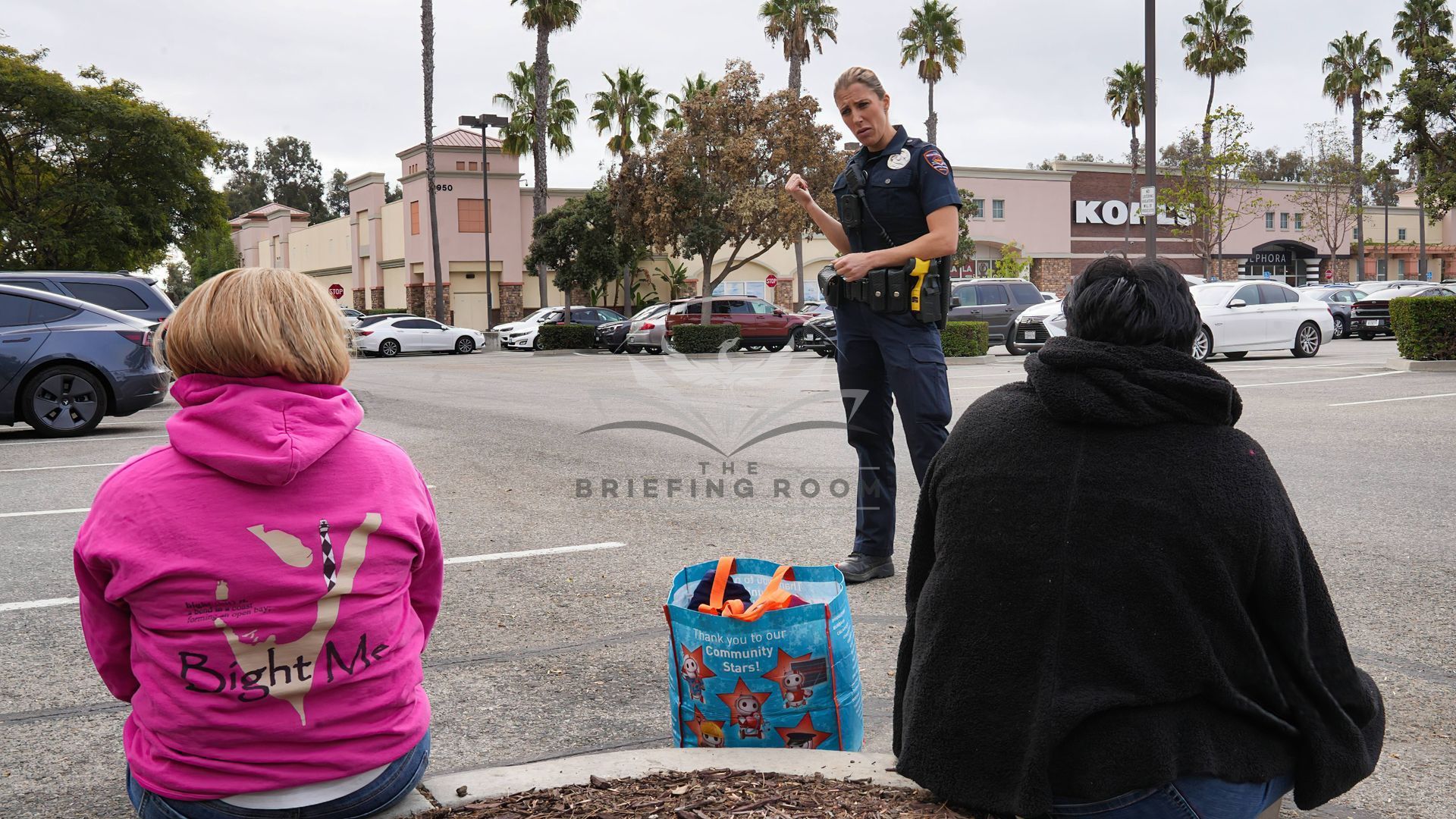Keeping Consensual Encounters Consensual

This post is offered as a discussion topic only and does not represent legal advice. Officers must refer to the laws in their own State as well as their agency's policies, which can be more restrictive on officers than the law requires.
Scenario: While working patrol, an officer wants to make consensual contact with someone who's standing on a street corner with known drug activity.
Since the officer doesn't have any reasonable suspicion that they're involved in a crime, what steps can the officer take to ensure the contact remains consensual?
Answer: First, it is important to understand the difference between a consensual contact and a detention. A consensual contact is a voluntary interaction between an officer and a citizen, where the citizen is free to leave at any time. On the other hand, a detention occurs when a person's freedom of movement is restricted to where a reasonable person would believe they are not free to leave. A detention requires reasonable suspicion that the person was involved in criminal activity. A consensual contact does not have that requirement.
To avoid inadvertently turning a consensual contact into a detention, officers should make it clear that the subject is free to leave either through their words or actions. One way this can be done is by stating that the contact is voluntary and that they are not under arrest. Officers should also avoid using physical force or making statements that could lead the subject to believe they are not free to leave.
Based on case law and modern police practices, some steps you can take are:
• Don’t use your emergency lights on your patrol unit during the stop.
• Don’t park your vehicle where it would block the path of the subject.
• Ask questions. Don’t give orders or commands.
• Don’t demand the subjects ID
Remember, turning a consensual contact into a detention before you have good reasonable suspicion can violate agency policy, the law, and would jeopardize any evidence of a crime you may gather anyway.
This blog topic serves as a summary of our video lesson on this crucial topic. If you're interested in accessing the full video lesson and additional resources, click the link to register for your free 30-day trial.
The Briefing Room has a short training video available on this exact scenario so agency supervisors can easily train every officer in your agency on this essential topic.
90-Second Training Videos Your Supervisors Use During Briefing or Roll Call To Develop High-Performing Teams of Officers.
✅ Lower Liability
✅ Retain Officers
✅ Build Community Support
🌟 Produced Exclusively by Active-Duty Law Enforcement Instructors 🌟
© 2024 THE BRIEFING ROOM
Site Design by Solmark Creative | Development by Adam Wills Marketing



